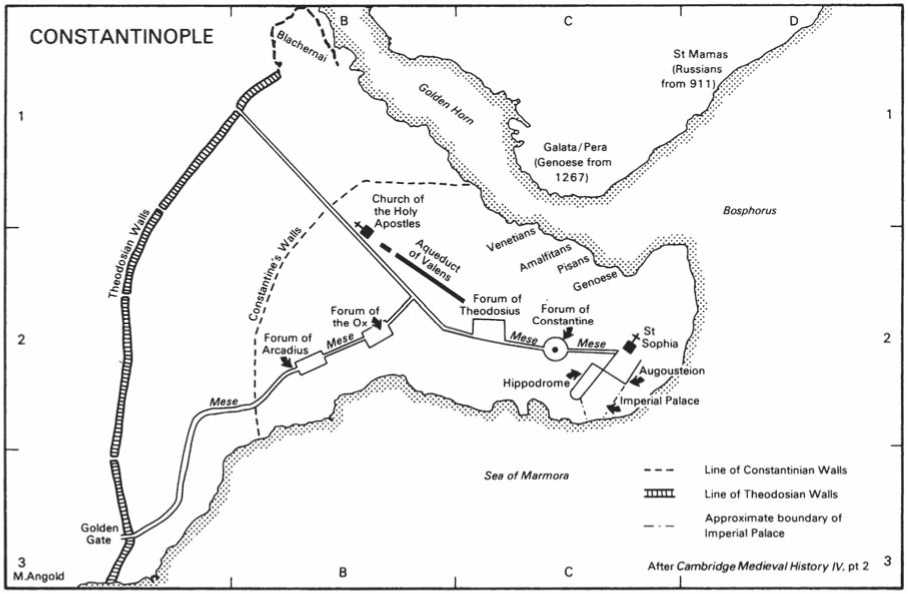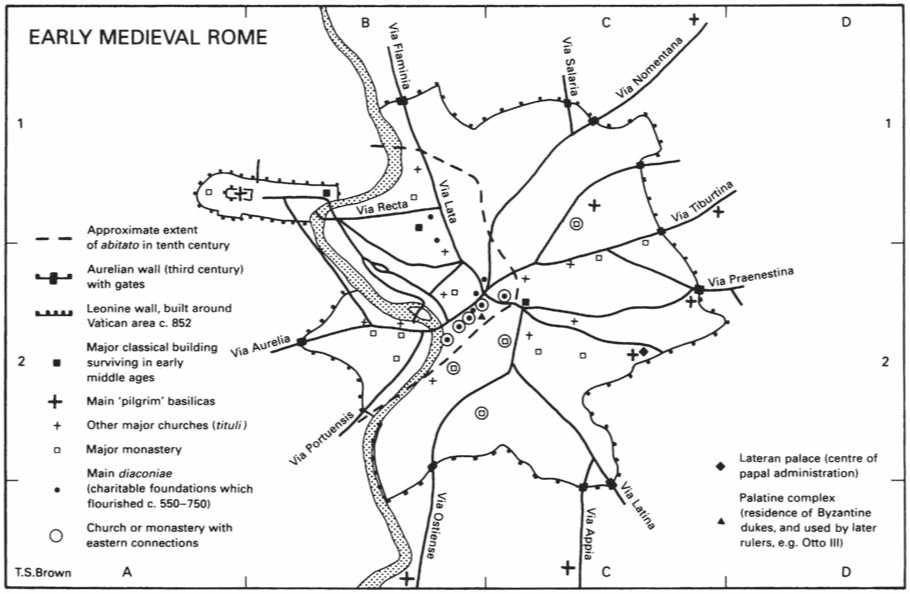The emporium of Dorestad is commonly mentioned by travellers in the seventh to ninth centuries. The site was identified in the nineteenth century by L. D.F. Janssen and substantially excavated first by J. H.Holwerda after the First World War, and then by W. A.Van Es between 1967 and 1976. The excavations show that this sprawling town covering in excess of 50 hectares lay at the confluence of the rivers Rhine and Lek, in which were constructed substantial timber docks. Behind the docks lay a row of commercial properties including warehouses, but the heart of the settlement was composed of many farms typical of this part of Frisia. The vast amount of Middle Rhenish trade goods indicate that Dorestad acted as an entrepot for trade around the North Sea between the later seventh and mid-ninth centuries. The town was abandoned after Viking raids and the silting up of the Rhine in the 860s. A museum in modern Wijk bij Duurstede displays the discoveries made in medieval Dorestad.
R. Hodges

Constantinople
Constantinople was chosen in 324 by Constantine as the capital of the Roman Empire in the east. It stands on a peninsula at the meeting point of the Bosphorus, the Golden Horn and the Sea of Marmora, at the hub of the main routes connecting Europe and Asia. Though Constantine wanted his capital to conform schematically to Rome, with its seven hills, twelve regions and forums, its lay-out was radically different, even before the construction of the Theodosian Walls in 413. It was articulated around the Mese, the great avenue which proceeded from the Golden Gate, the ceremonial entrance to the city, through a series of forums to the Augousteion. This was the heart of the city, surrounded by the Imperial Palace, the cathedral of St Sophia, and the Hippodrome. It suffered extensive damage during the Nika riots of 532, but this allowed Justinian to reconstruct many public buildings, including St Sophia, thus setting his stamp on the city. Particular attention was paid to the water supply with its aqueducts and cisterns. This was a necessity with a population approaching half a million. Population declined rapidly from the seventh century, however, and only in the ninth century did the city recover some of its prosperity, a new feature being the foreign 'factories' established along the Golden Horn, which was the commercial centre of the city. Permanent decline set in after its fall to the fourth crusade in 1204.
M. Angold





 World History
World History









